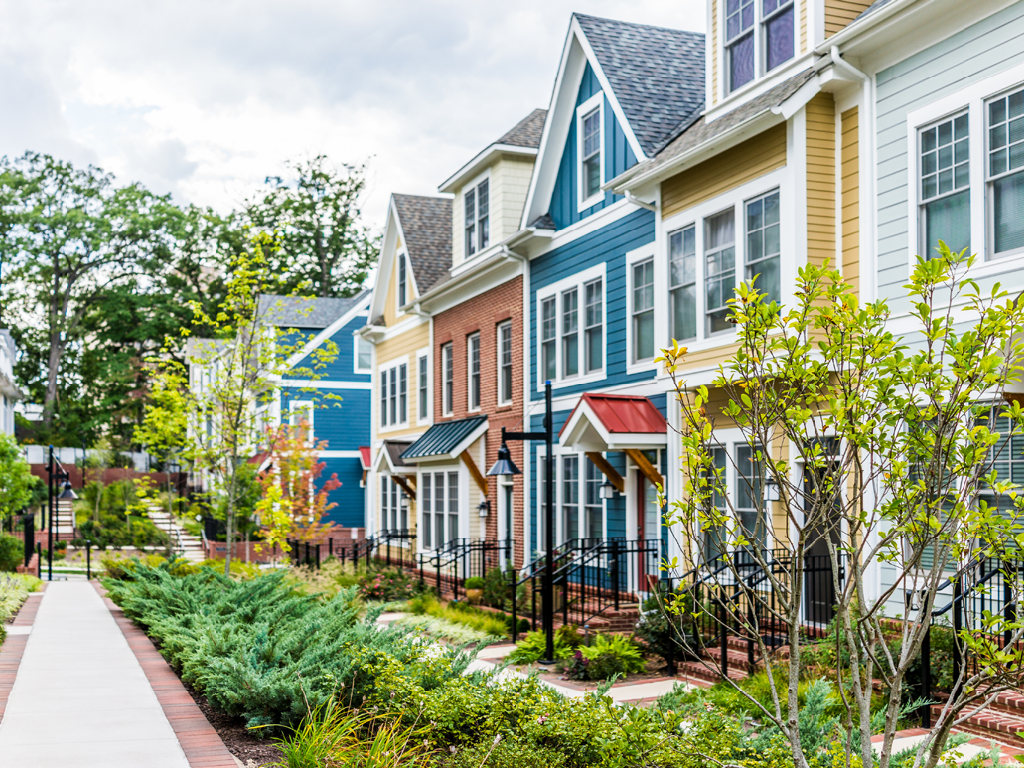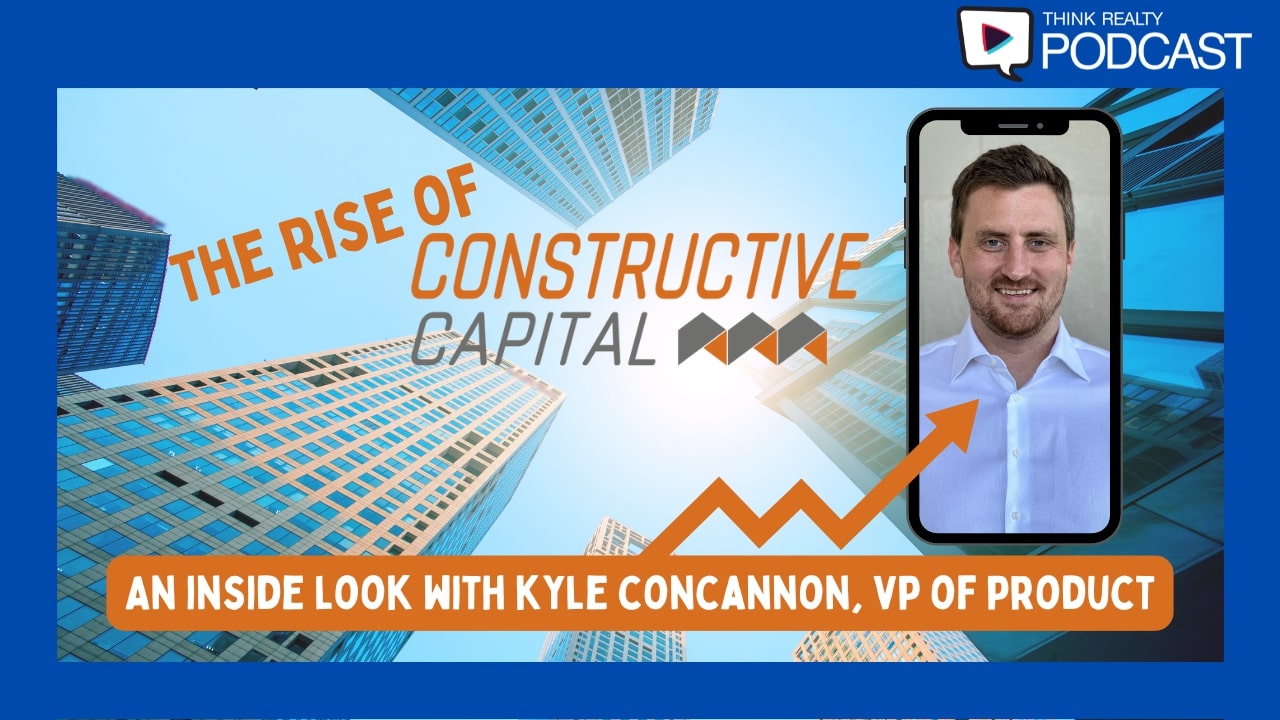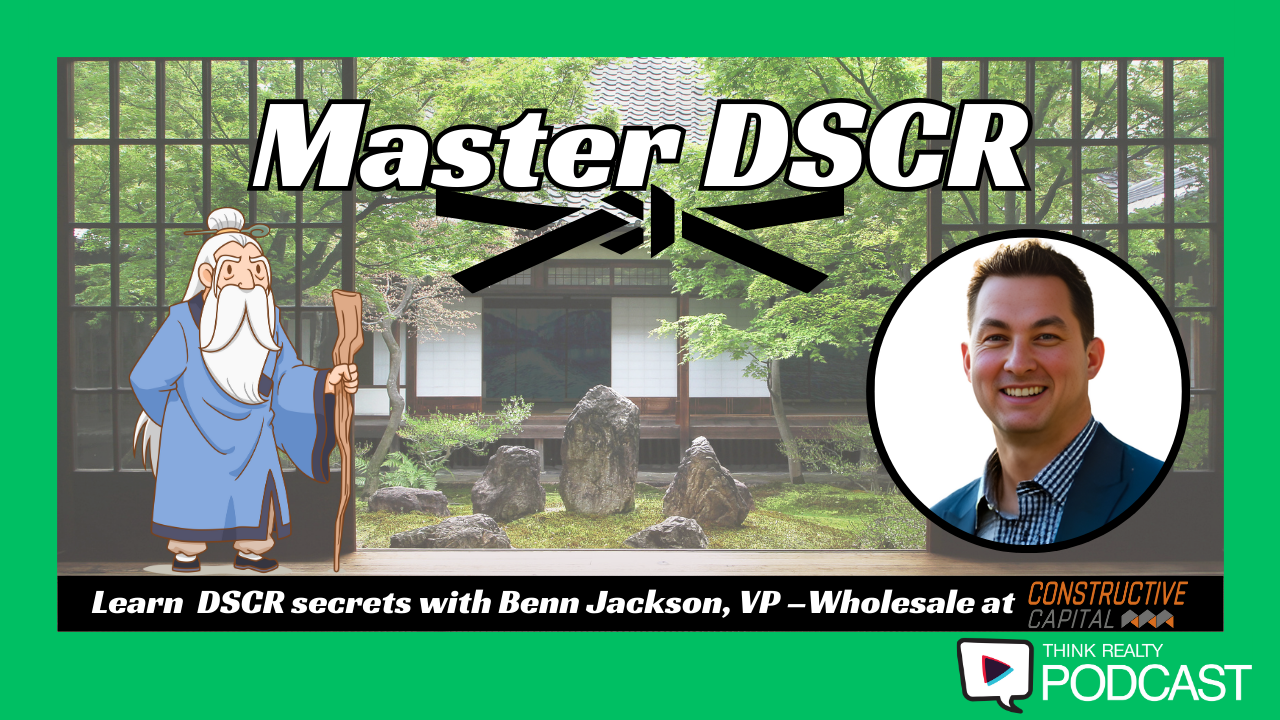Offering a menu of tailored loan types and structures is essential to winning these deals.
Buy land, they’re not making it anymore,” Mark Twain famously said. This sentiment is perhaps most appropriate in U.S. cities and inner suburbs where land is increasingly scarce.
In the city of Alexandria, Virginia, a suburb that borders Washington, D.C., there has been one available residential building lot in the entire city limits since 2016. One. According to March 2018 CoreLogic Case-Shiller data, the record-low housing supply throughout the country continues into 2018. This housing shortage, coupled with rising prices, makes meeting housing needs even more challenging across the country.
This is where infill development comes in. Widely defined as developing or revitalizing properties within existing urban areas, residential infill development projects refurbish vacant and blighted properties as well as those simply in need of renovation. Private lending fits into this space perfectly, providing the capital to renovate these homes as well as creating livable spaces where they are needed, all within an urban core that is close to jobs and retail. These projects often have the added benefit of increasing density (i.e., creating a rentable unit in a basement, subdividing a lot to add an additional house or converting a row house to two condominiums). Though they all involve properties in cities or inner suburbs, not all residential infill development projects are the same.
Buy for 10, Fix for 5 and Sell for 20
Many residential infill projects involve straightforward fix and flips in up-and-coming neighborhoods. We use a simple formula when analyzing these fix and flip deals: buy for 10, fix for 5 and sell for 20. This is an easy ratio to explain to borrowers as they search for potential projects. The formula works whether they’re buying for $200,000, fixing for $100,000 and selling for $400,000 or buying for $3 million, fixing for $1.5 million and selling for $6 million.
Deals that fit this ratio provide roughly 25 percent gross margin to the borrower, a safe level of lender exposure and high potential borrower ROI. Assuming the borrower puts 20 percent of the acquisition price into the deal in equity, he or she can receive an ROI of 100-200 percent, depending on the length of the renovation. As lenders, we want borrowers to understand and then undertake profitable projects. A positive borrower experience with regard to knowledge as well as ROI will keep borrowers coming back for additional loans.
While these straightforward fix and flip deals are common in the private lending space, it’s important to be agile and knowledgeable enough as lenders to finance the more complicated deals as well. Residential infill markets can be especially complicated, where added density as well as zoning and use changes are common.
Condo Conversions
Condo conversions are increasingly popular in the Washington, D.C., metro area as well as many other older cities with a housing stock that includes an abundance of aging row houses. When the buy prices in gentrifying neighborhoods continue to increase, the profitability of a simple fix and flip project is reduced for real estate investors. With the buy higher than desired, construction costs relatively fixed and the prices of renovated units not rising exponentially, the profit margins for flippers are squeezed.
One good option to increase profits on the purchase of an urban row house is to convert it into two condo units. Instead of buying for $550,000, renovating for $300,000 (not including loan costs) and only being able to sell for $950,000 (a deal that most private lenders wouldn’t do and most investors shouldn’t do), a flipper can buy for $550,000, renovate for $400,000 and sell two units for roughly $600,000 each, or a total exit price of $1.2 million.
While the potential profit is very enticing, the complexity of the process scares off many real estate investors. Frequently, the condo conversion involves more complicated construction: adding another level, digging out the basement or adding an addition off the back. However, the most difficult part of the process is the actual zoning approval and condo registration process, so this type of project is not for the first-time real estate investor. The permit process is lengthier and more complicated than a traditional fix and flip. There are often zoning or neighbor issues too, and complying with the many rules about preserving existing architectural features such as mansard roofs are more challenging when adding another story or another entrance.
After obtaining needed zoning approvals, there are other considerations the flipper cannot overlook, including providing required parking for the new number of units, providing a sprinkler system and increasing the water and gas capacity needed because of the additional bathrooms and kitchens. The flipper must also go through a two-phase process to obtain a certificate of eligibility to convert the use of the property, obtain a tax exemption for the subsequent sale and then register the condo. Beyond just registering the name, the flipper must create a condo budget with estimated repair value and escrowed amount of shared maintenance expenses over the first 12 months of operation and be prepared to contribute or get a bond for 10 percent of the construction costs that will be set aside for two years after the last condo sells. First-hand knowledge of and experience with the condo conversion process is extremely valuable information to provide to your borrowers when they undertake this challenging, yet potentially very rewarding, type of renovation project.
Bifurcated Loans
Condo conversions as well as other larger, more complicated deals often require some alternative loan structuring to win the deal and benefit the borrower. Many of these deals involve quick buys, and then long delays for plans, permitting and zoning before any construction can begin. Paying interest on the entire loan from day one is not often desirable or possible for the borrower from a cash-flow perspective.
One solution is bifurcating the loan, or breaking it into two parts. The first phase is for acquisition, soft costs such as architect and permit fees, and possibly demo. After the plans are approved and permits are received (often 4-6 months later), the second phase of the loan is funded, which includes the capital for construction. This type of structure also provides less risk for the lender, because the lender’s exposure is increasing with the project. As the property goes through the permitting and entitlement process and increases in value, the lender’s loan amount can also increase. Rather than having to stretch the LTV or use an ARV that really isn’t yet accurate, the two-phase process is beneficial for both the lender and the borrower.
In cities with thousands of similar row houses, not all deals look alike. Even when operating almost exclusively within the residential urban infill space, offering a menu of tailored loan types and structures is essential to winning deals. Having the agility and expertise to fund myriad projects sets successful lenders apart.












Leave A Comment